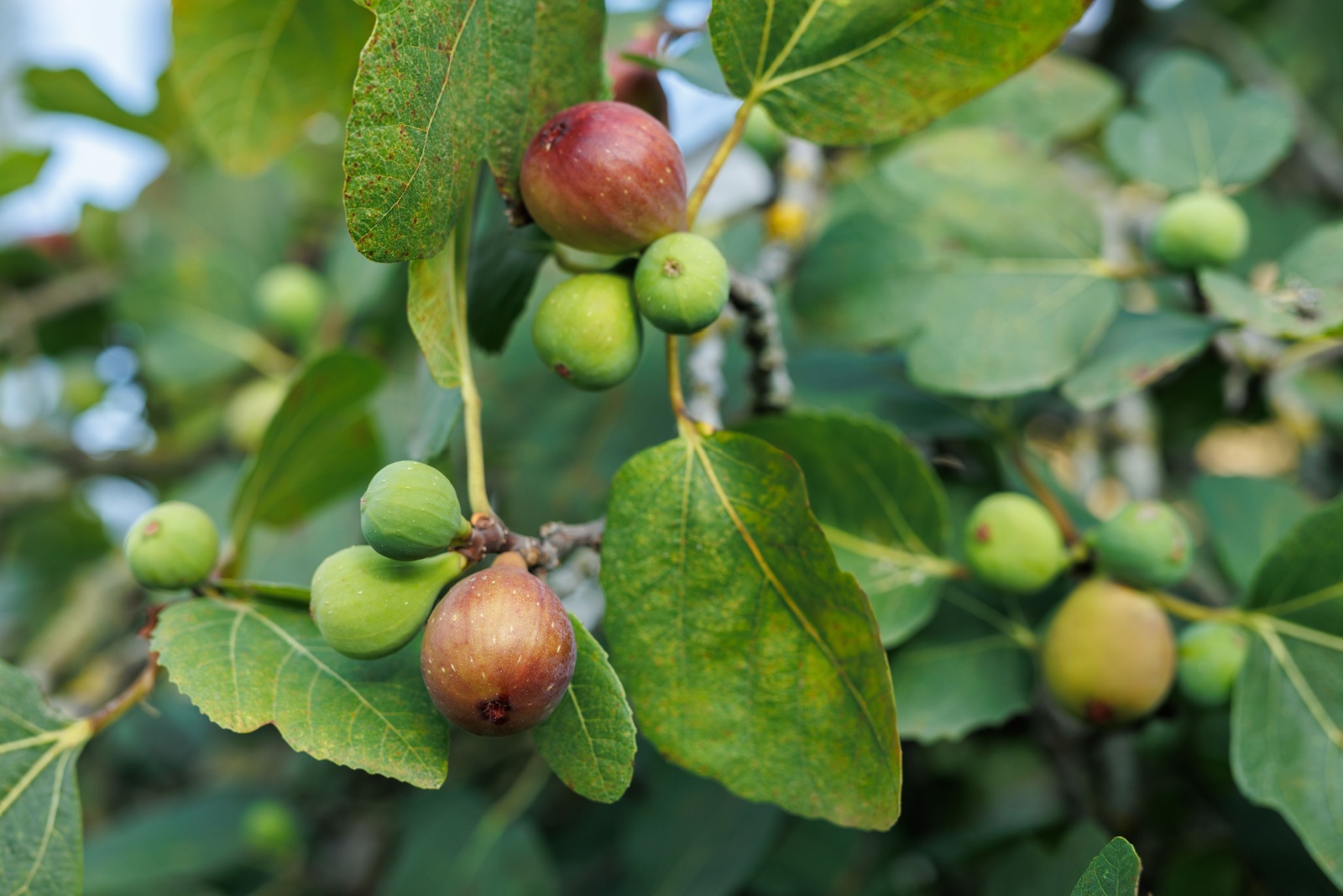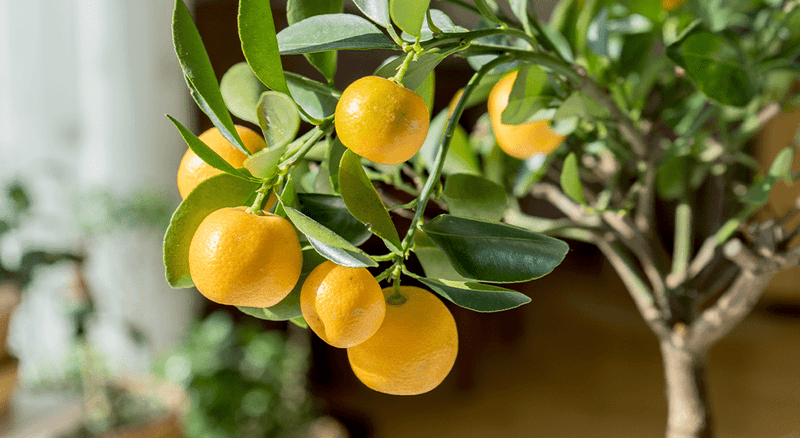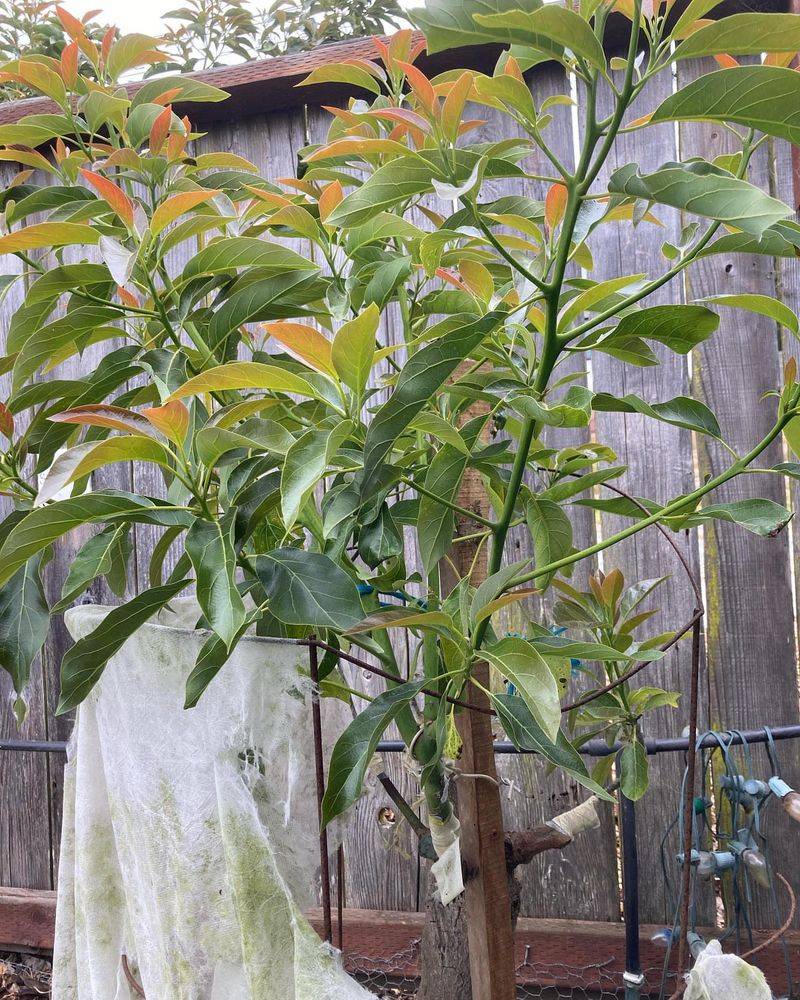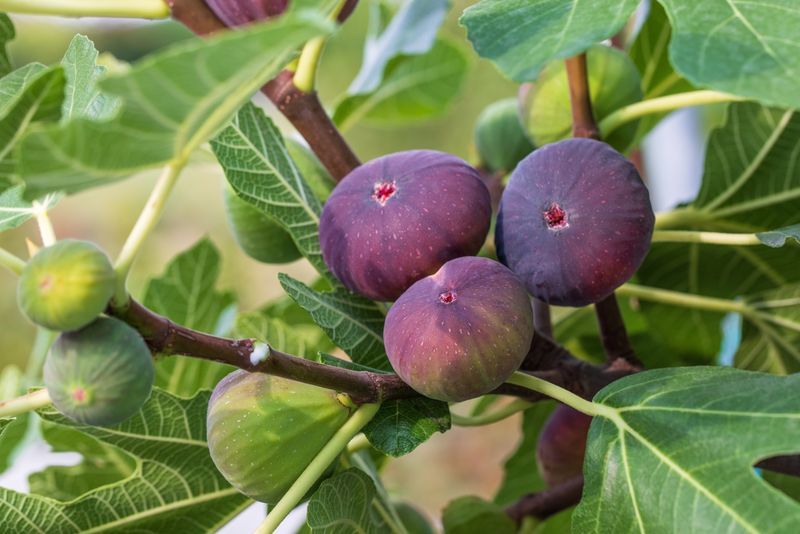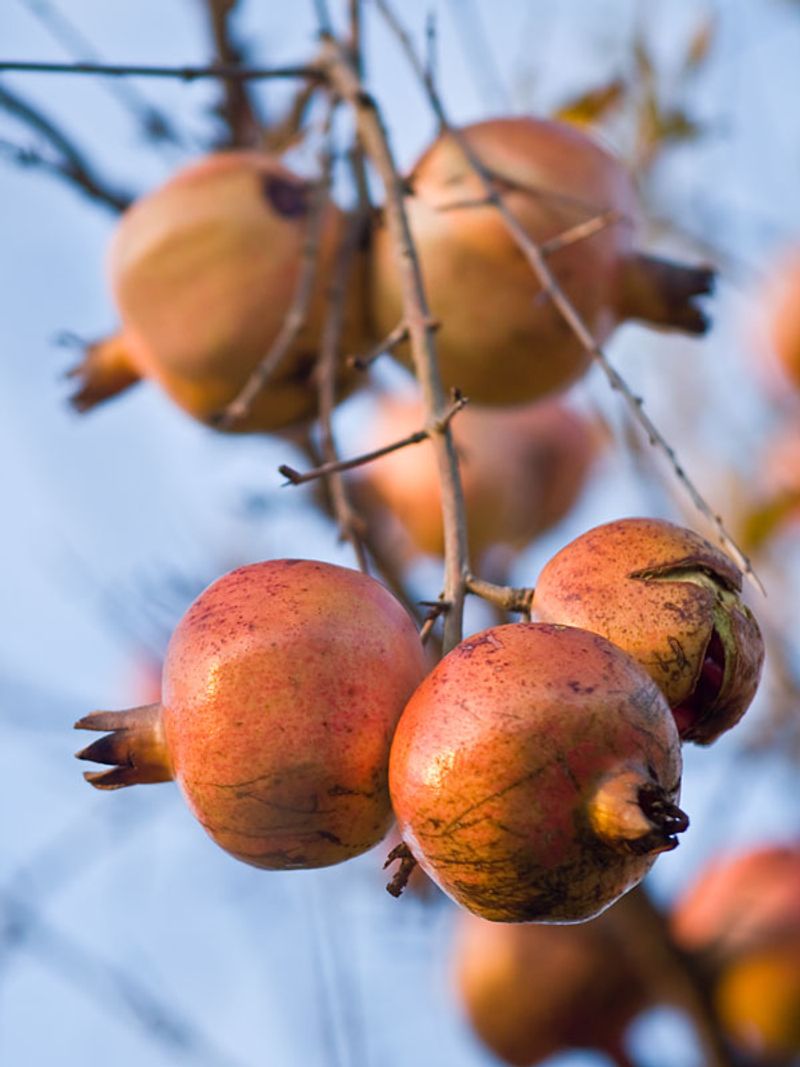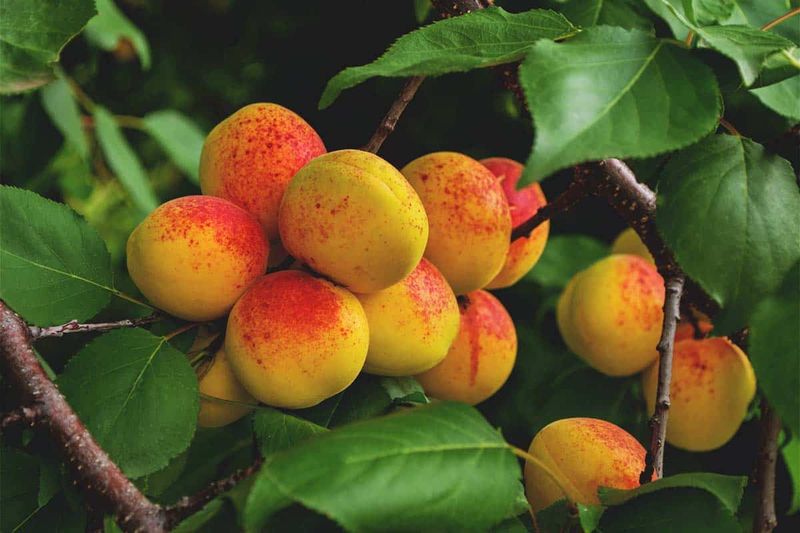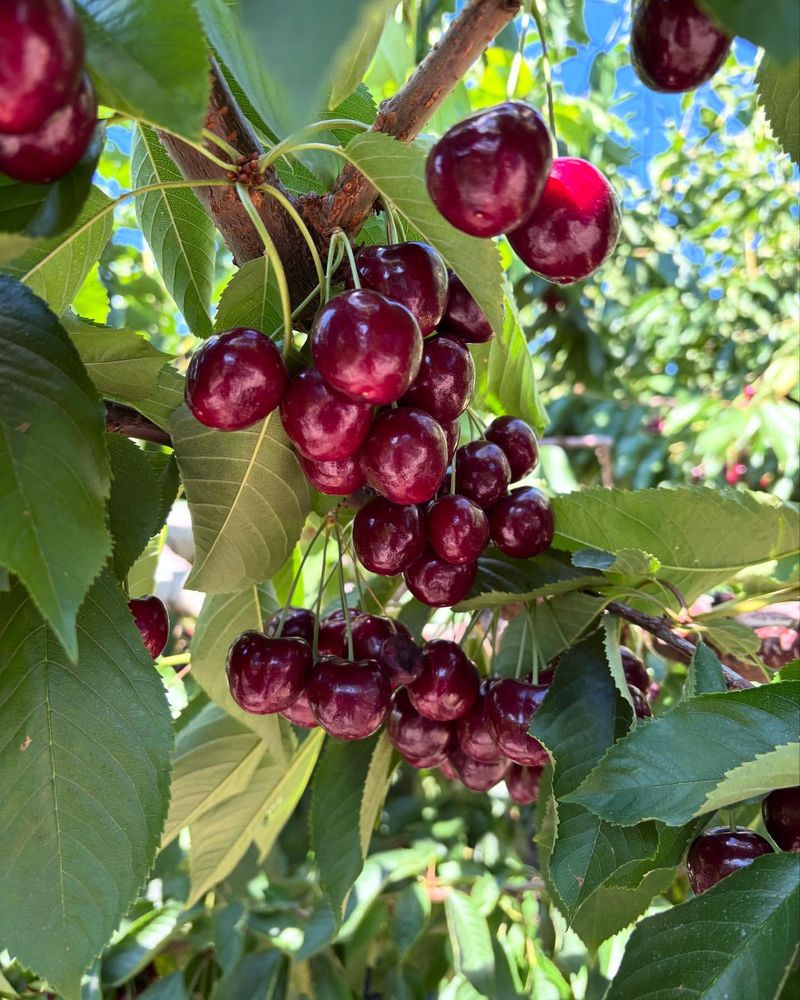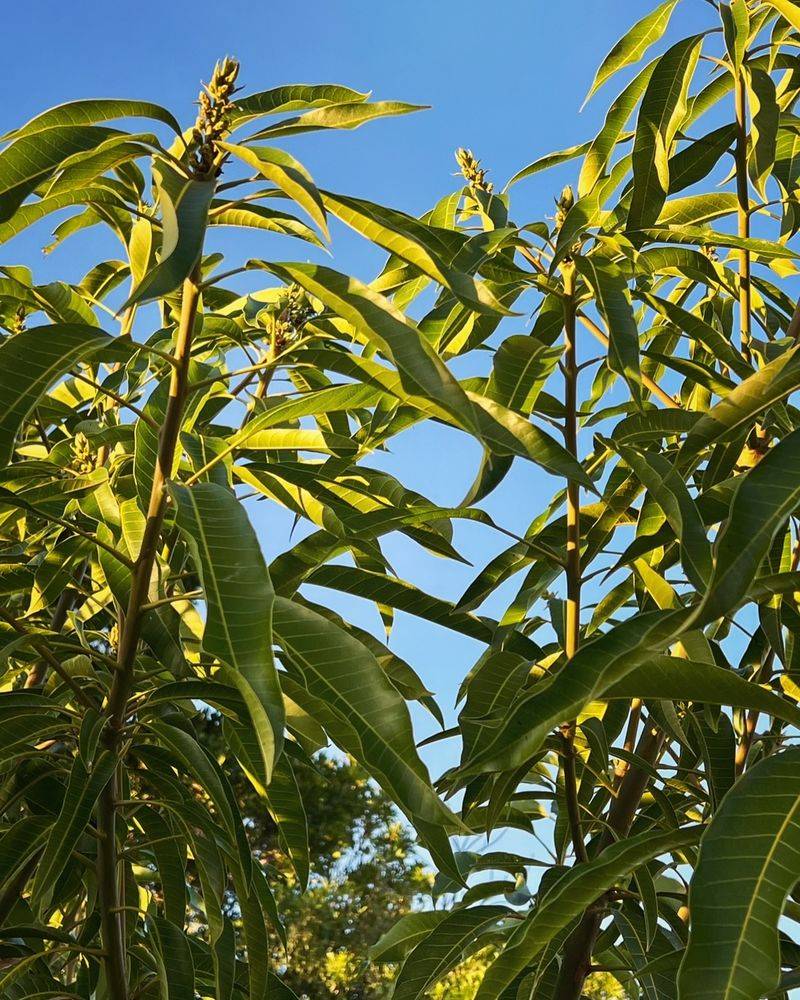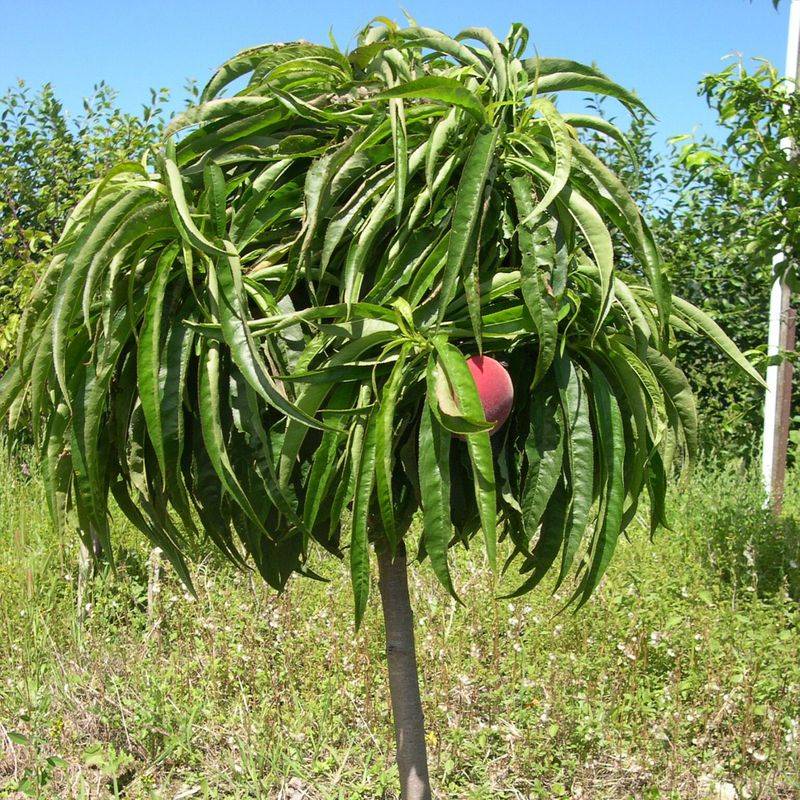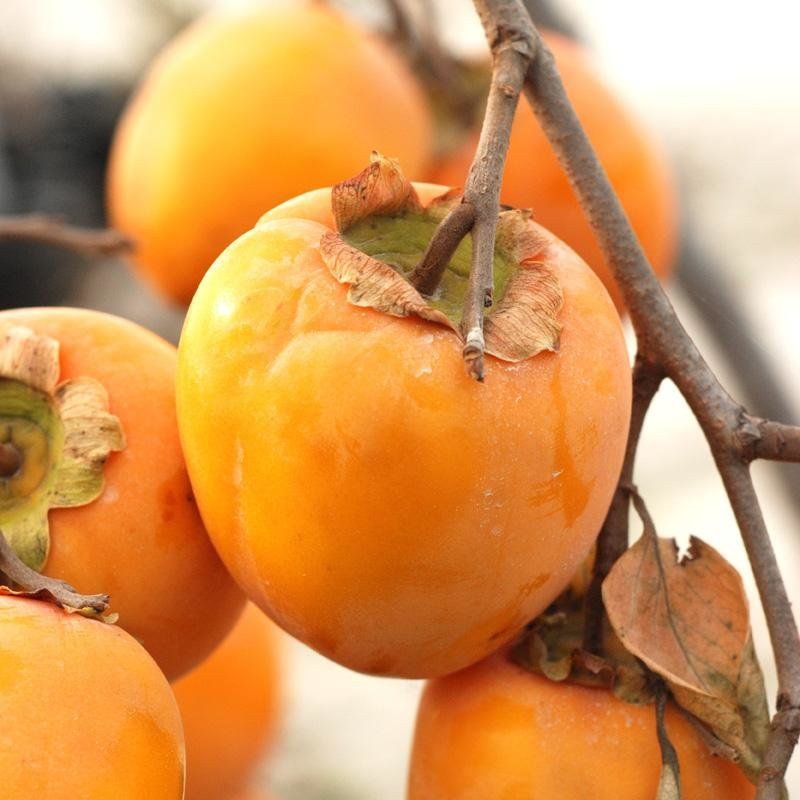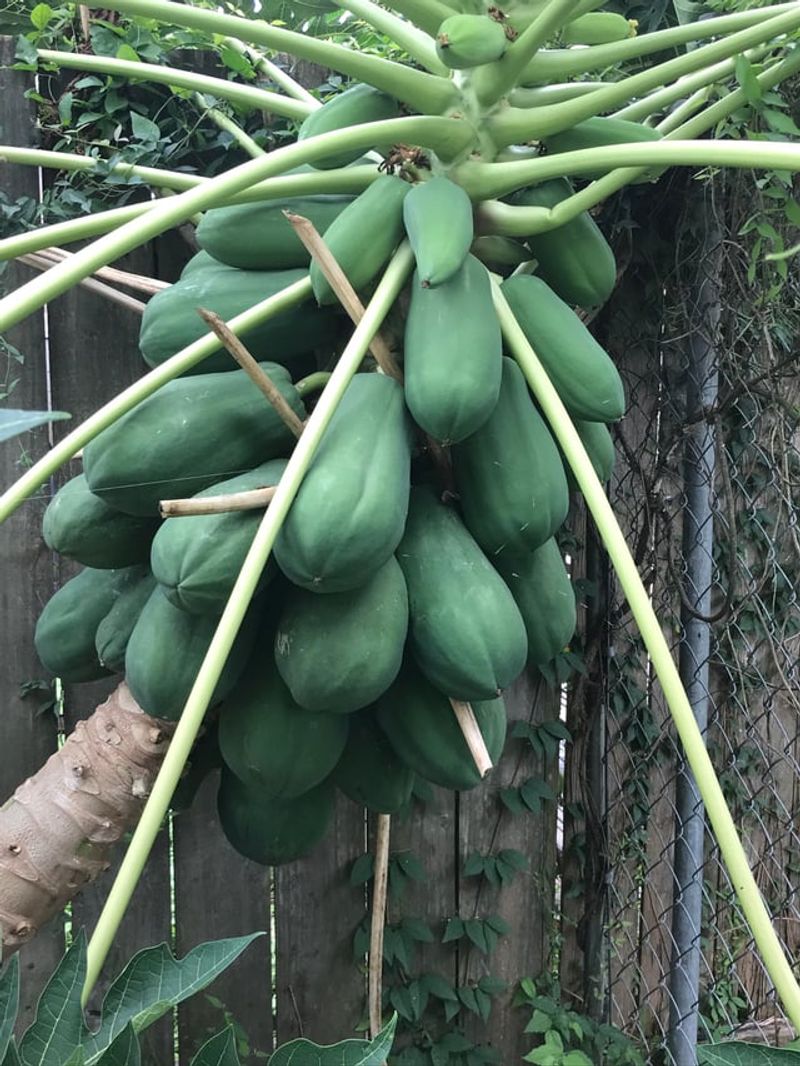Gardening in New Jersey presents unique challenges due to our unpredictable climate, specific soil conditions, and local pest populations. When it comes to fruit trees, some varieties that thrive in other regions struggle mightily in our Garden State. I’ve learned this lesson the hard way – my backyard experiment with citrus trees turned into an expensive lesson in regional gardening limits.
While the dream of picking fresh fruit from your own trees is appealing, choosing the wrong varieties can lead to years of frustration and disappointment. These ten fruit trees might look promising in catalogs, but they’re particularly ill-suited for New Jersey’s growing conditions.
1. Citrus Trees (Lemon, Lime, Orange)
New Jersey winters are simply too harsh for these tropical beauties. Even with careful protection, the cold temperatures will likely kill these trees or severely damage them beyond recovery.
The humidity during summer months also creates perfect conditions for citrus diseases to flourish. Many hopeful gardeners end up with struggling plants that never produce edible fruit.
Container growing might seem like a solution, but the constant moving indoors and outdoors stresses the trees and typically results in poor fruit production compared to the effort invested.
2. Avocado Trees
Dreaming of homemade guacamole from backyard avocados? Unfortunately, these tropical natives require warm conditions year-round to survive and produce fruit.
The growing season in New Jersey is simply too short for avocados to properly mature. Most trees will suffer significant damage or die completely during the first winter frost.
Even if kept in containers and moved indoors, avocado trees rarely fruit in northern climates like ours, making them beautiful but ultimately disappointing additions to a garden focused on productivity.
3. Fig Trees (Except Cold-Hardy Varieties)
Standard fig varieties originate from Mediterranean climates and struggle with our cold winters. Without extensive wrapping and protection, most fig trees die back to the ground each winter.
The constant die-back means fruit production occurs only on new growth, resulting in small harvests that often don’t ripen before fall frosts arrive. I’ve watched neighbors spend years nurturing fig trees with minimal returns.
While some cold-hardy varieties exist, most require significant winter protection that becomes a seasonal chore many gardeners eventually abandon.
4. Pomegranate Trees
These ancient fruits need long, hot summers to properly develop their complex flavors. New Jersey’s growing season typically falls short of providing enough heat units for proper ripening.
Cold damage is another significant issue. The trees might survive milder winters but often suffer dieback that affects fruit production for the following season.
Growing pomegranates here usually results in small fruit with underdeveloped flavor – nothing like the sweet-tart gems you’d find in warmer climates. My own experiment with pomegranates produced beautiful flowers but disappointing fruit.
5. Apricot Trees
Early bloomers by nature, apricot trees flower during that deceptive warm spell in early spring – just in time for late frosts to kill the blossoms. This timing mismatch makes harvests extremely unreliable in our state.
Humidity during summer months leads to fungal issues that apricots are particularly susceptible to. Brown rot and other diseases can quickly destroy developing fruit.
After five years of trying, my neighbor’s apricot tree produced exactly one decent harvest before succumbing to disease – hardly worth the space in a productive garden.
6. Sweet Cherry Trees
Rain during ripening season causes these delicate fruits to crack and rot. New Jersey’s unpredictable summer weather patterns make sweet cherries particularly frustrating to grow successfully.
Cherry trees attract a host of pests that are common in our region. Birds, Japanese beetles, and cherry fruit flies can decimate a crop before harvest time arrives.
The trees also require meticulous pruning to maintain airflow, which helps prevent the fungal diseases that thrive in our humid conditions. Without professional-level care, most backyard trees produce disappointing results.
7. Mango Trees
These tropical treasures simply cannot tolerate any frost whatsoever. New Jersey’s winters would kill an outdoor mango tree within days of the first freeze.
The humidity levels in our summers might seem similar to tropical regions, but without the consistent warmth mangoes require, the trees never thrive. Growth remains stunted even during warm months.
Some gardeners attempt container growing, but mangoes rarely produce fruit under these conditions. The effort to maintain these sensitive trees typically outweighs any potential harvest rewards in our climate.
8. Nectarine Trees
New Jersey’s humid summers create the perfect environment for peach leaf curl and brown rot, diseases that nectarines are highly susceptible to. These smooth-skinned fruits lack the fuzzy protection that helps peaches resist some pests and diseases.
The maintenance schedule for nectarines is demanding, requiring multiple spray applications throughout the season. Without commercial-grade equipment, most home gardeners struggle to keep trees healthy.
When I tried growing nectarines, they required more care than all my other fruit trees combined, yet produced the least reliable harvests.
9. Persimmon Trees (Non-Native Varieties)
Asian persimmon varieties (Diospyros kaki) struggle with our cold winters and often suffer significant dieback. The damage sets back fruit production and can eventually kill the tree over several seasons.
The growing season in New Jersey is frequently too short for the fruit to fully ripen before frost. Unripe persimmons are astringent and inedible, making all your efforts essentially worthless.
While American persimmons are native and can grow here, the Asian varieties with larger, more desirable fruit rarely perform well enough to justify the garden space they require.
10. Papaya Trees: Tropical Dreamers
Papaya trees crave constant warmth and humidity that New Jersey simply can’t provide. These tropical beauties need temperatures consistently above 60°F to survive, making our harsh winters their ultimate nemesis. Even container-grown specimens rarely produce fruit in our climate.
The rapid growth that makes papayas productive in tropical regions becomes a liability here. Young trees reaching 8-10 feet tall within a year develop weak, water-filled stems that can’t withstand our winter freezes or occasional summer storms.
For tropical fruit enthusiasts in New Jersey, better alternatives include cold-hardy pawpaw trees (our native “banana of the north”) or certain Asian persimmon varieties bred specifically for northern climates. These provide similar exotic appeal with actual harvest potential.

